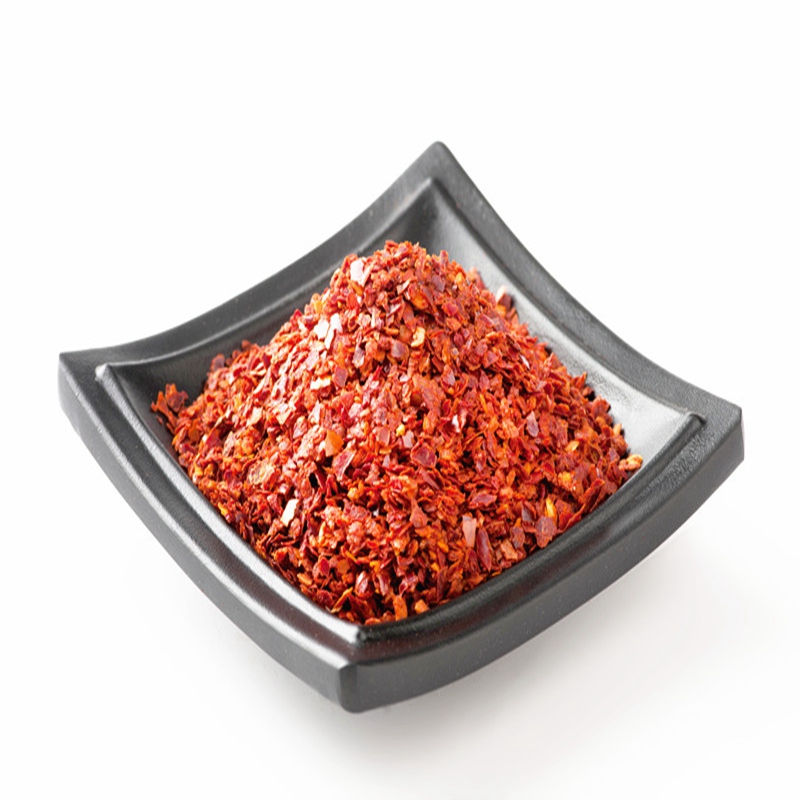Dec . 12, 2024 12:36 Back to list
red gochu
The Significance of Red Gochu in Culinary Traditions
Red gochu, also known as Korean red pepper, is a staple ingredient in Korean cuisine that has made its mark not only in its native land but also in kitchens around the world. This vibrant spice, with its striking red color and robust flavor, brings depth, heat, and a distinctive essence to various dishes. But its significance extends far beyond just being a flavor enhancer; it symbolizes culture, tradition, and a connection to the land.
The origins of red gochu can be traced back to Korea, where it has been cultivated for centuries. The pepper has become a fundamental part of Korean identity and cuisine, featuring prominently in key dishes such as kimchi, gochujang (red chili paste), and various stews. These dishes are not just food items; they represent communal eating, family gatherings, and the cherished practice of sharing meals. The preparation of staples like kimchi, which often includes red gochu, is a social event—families come together in a time-honored tradition known as kimjang, where kimchi is prepared and stored for the winter.
One of the most notable aspects of red gochu is its versatility. The pepper can be used in several forms as a dried powder, flakes, or even fresh. Each form offers a unique flavor profile and heat level, allowing chefs and home cooks alike to experiment and tailor their dishes according to personal preference. The powder is often used to create spicy sauces and marinades, while flakes are a popular topping on rice dishes, soups, and salads. Fresh red gochu, with its crisp texture and juicy flesh, can be sliced and added to stir-fries and salads for a refreshing kick.
red gochu

The flavor of red gochu is characterized by a subtle sweetness combined with a warm, lingering heat that isn’t overwhelmingly spicy. This balance makes it an ideal ingredient for a wide array of dishes. It enhances the natural flavors of vegetables, meats, and seafood while introducing a beautiful color that makes meals more aesthetically appealing. Moreover, the health benefits associated with red gochu are noteworthy; it contains vitamins A and C, antioxidants, and capsaicin, which has been studied for its potential anti-inflammatory properties.
The culinary significance of red gochu is also indicative of broader cultural themes. Spices and ingredients often reflect the agricultural practices and geographic characteristics of a region. In Korea, the cultivation of red gochu thrives in its climate, which lends itself to the growth of these flavorful peppers. They have, over the years, become a symbol of resilience and adaptation—mirroring the journey of the Korean people through history.
As the fascination with international cuisines grows, red gochu has garnered attention beyond Korea. Its unique flavor and vibrant color have attracted chefs and home cooks globally, prompting a resurgence of interest in Korean cooking. Thus, red gochu is more than just an ingredient; it serves as a bridge connecting various cultures through food. People are discovering the rich culinary traditions of Korea while experimenting with this spice in their own culinary endeavors.
In conclusion, red gochu stands as a testament to the richness of Korean culture and its culinary heritage. It encapsulates the essence of community, tradition, and flavor, making it an essential component not just in Korean kitchens but in kitchens around the globe. Whether you're savoring a steaming bowl of kimchi stew or adding a pinch of gochugaru to a dish, red gochu offers a glimpse into the heart of Korean culinary artistry, inviting everyone to experience its warmth and vibrancy.

